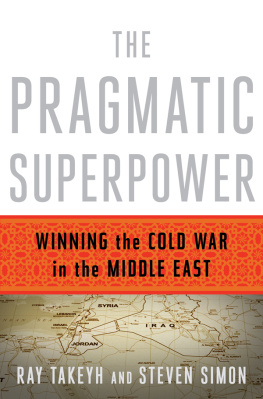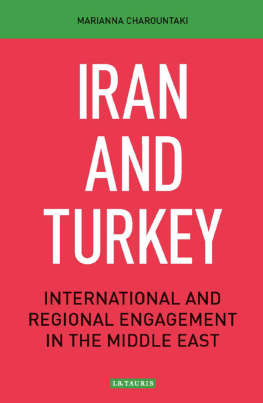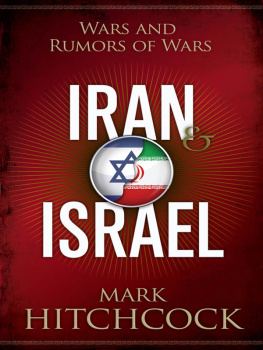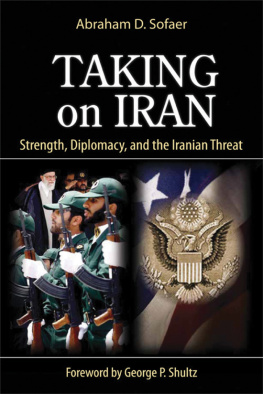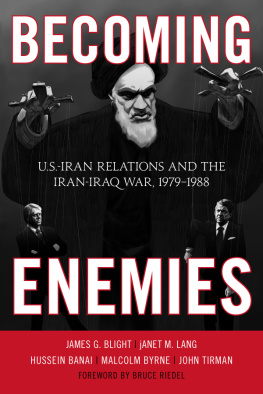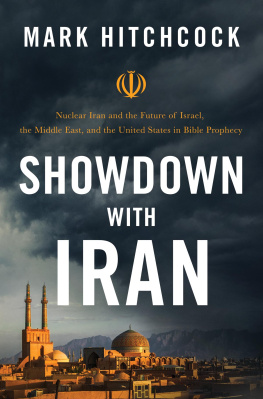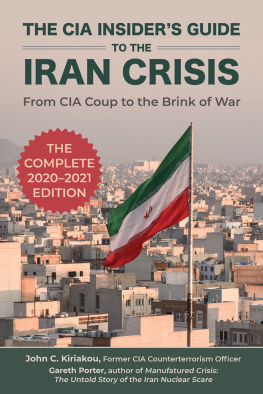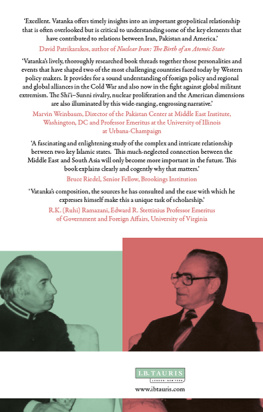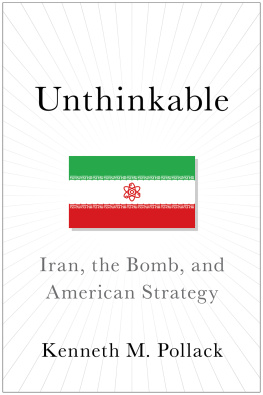

To Alex and Nick
_______________
For Virginia
CONTENTS
T he Cold War was one of the most momentous and unpredictable conflicts in the annals of modern history. The conflict spanned nearly five decades and reached every corner of the world. Two nuclear-armed ideological rivals sought global hegemony by enlisting allies worldwide and denying each other vital resources. The underreported story of the Cold War is that the United States succeeded in achieving many of its objectives in the Middle East. To sustain the walls of containment in Europe, the United States had to deploy a massive number of troops and nuclear weapons, while in the Middle East a small naval contingent seemed sufficient. Unlike as it had in East Asia, the United States did not fight prolonged and inconclusive wars in the Middle East. While Latin America was beset by leftist revolutions, the conservative order in the Arab world largely held its own. America became the indispensable power, as both Israel and the Arab states came to value its ability to steady the region.
The Cold War came to the Middle East early. In 1946, the Soviet Union laid claim to the Iranian province of Azerbaijan, precipitating the first of many confrontations with America. As it entered the region, the United States principal objective was to ensure stability. The European empires that had held sway in the Arab world were fading from the scene but leaving behind a region aligned with the West and an elite that saw its fortunes to be bound up with the West. For the next forty years, successive U.S. administrations struggled to preserve this status quo. The final tally shows that despite setbacks Washington met its objective with reasonable success.
It is the argument of this book that although Americas objectives in the region may have been uncomplicated, they were hardly modest. Washington sought to prevent Soviet infiltration of the region, preserve its considerable petroleum wealth for the West, and resolve the conflict between a Jewish homeland and the Arab states. In this context, stability had its virtues and a reliable ruling class had its share of benefits. A stable order in the Middle East could resist Soviet pressure and maintain a free flow of oil. And politicians tied to the West were best positioned and more likely to make peace with Israel.
The question then is how did Washington view threats to stability? The most obvious peril was direct Soviet military intervention in the Middle East. This would prove a rarity, as during much of the Cold War, the superpowers relied on proxies and allies to subvert each others interests. A more recurring problem was the rise of radical leaders who were unreliable custodians of Americas Cold War concerns. Irans Prime Minister Muhammad Mossadeq, Egypts Colonel Gamal Abdel Nasser, and the assorted Arab officers who took command of Iraq and Syria would fit that description. It is not true, as some have argued, that U.S. presidents could not distinguish between communism and nationalism, but they were wary of the neutralist tendencies of such rulers. America may have plotted against these actors but it was always open to a constructive relationship with them.
Wars plagued the Middle East during the Cold War and threatened to unhinge its order. A series of Arab-Israeli wars and conflicts in the Persian Gulf between Iraq and its neighbors would challenge the stability that Washington sought to ensure. American diplomacy had to resolve the conflict between Israel and its neighbors and find ways to mitigate the impact of the Arab-Israeli wars. Iraq and its impetuous leader Saddam Hussein offered America a similar set of problems. Wars by their nature are destabilizing, yet the record demonstrates that the United States handled these conflicts with a measure of skill, preventing them from unraveling the regional order.
A search of the U.S. archives reveals that promoting democratic regimes was not Washingtons goal during the Cold War. To the extent that policy makers focused on domestic affairs in the countries of the Middle East, they hoped that strong leaders and durable institutions would suffice to maintain internal control and resist Soviet encroachment. In Washington, notions of reform were usually limited to the economic sphere: distributing wealth more equitably, creating self-sustaining agricultural and industrial sectors, and reducing rampant corruption. On occasion, the issue of human rights abuses would surface, but usually in a manner that did not disrupt the fundamentals of bilateral relations. The notion of implanting democratic polities and refashioning the political culture of the Middle East along liberal lines was very much a postCold War innovation. The overwhelming threat of the Soviet Union propelled successive administrations to see virtue in authoritarian allies that shared their strategic concerns. It is difficult to retrospectively censure this impulse on utilitarian grounds, given the overall success the United States experienced in preserving its essential interests during the Cold War.
To make its case, this book focuses on ten of the most consequential crises in the Middle East during the Cold War. We selected episodes that had the potential to provoke a wider regional conflict, threatened key U.S. allies, or could have entangled the superpowers in an actual war. To be fair, the Middle East featured many more crises than the ones we assess. There were certainly tensions in Yemen, Lebanon threatened to implode in the 1970s and 1980s, and Algeria waged its own war of colonial liberation and later a vicious civil war. These conflicts were not unimportant but they did not reach a point where they could have destabilized the entire Middle East or brought about superpower confrontation. Thus, we limit ourselves to surveying the rise and fall of radical actors and militant ideologies in key states, the Arab-Israeli wars, and the regions most significant interstate conflicts. We believe that our selections best illustrate the dilemmas and opportunities that the United States confronted in the Middle East during the Cold War era.
In studying the Cold War in the Middle East the absence of Soviet military intervention is a striking fact. Still, in 1946, Russia did try to carve out Irans Azerbaijan province as a Soviet possession. As part of an allied wartime agreement, the Soviet armed forces occupied northern Iran while the British claimed the south. It was stipulated by the allies that six months after the end of the war all foreign troops would leave Iran. Britain complied only to see Stalin attempt to impose a sphere of influence in northern Iran. The Persian court at that time still produced statesmen such as the cagey prime minister Ahmad Qavam, who could outmaneuver even Stalin by virtue of his talent for manipulation. However, without the firm backing of the Truman administration, it is hard to see how the Iranians could have succeeded. Faced with American resistance, United Nations censure, and Iranian protest, Stalin decided to leavethe only time during his rule that the Soviet strongman relinquished his territorial gains.
Iran would be the linchpin of another crisis in 1953 when Prime Minister Muhammad Mossadeq nationalized the countrys oil industry and provoked a crisis with Britain. Despite sincere American mediation efforts, the stubborn prime minister refused all compromise offers. As Iran drifted into chaos, there were fears in Washington that communist forces inside the country could take advantage of the situation and come to power. In the fateful month of August 1953, a joint Anglo-American coup was staged only to fail. At that time, the United States and Britain gave up the idea of toppling Mossadeq and even considered mending fences with him. Despite all the later recriminations about the role of the CIA in Mossadeqs overthrow, the second (and successful) coup was very much an Iranian initiative. The same political establishment that had outwitted the Soviet dictator deposed the troublesome premier. If this was a U.S. success, it was purely an accidental one that owed more to the determination of the Iranian royalists than to the genius of American planners.
Next page
